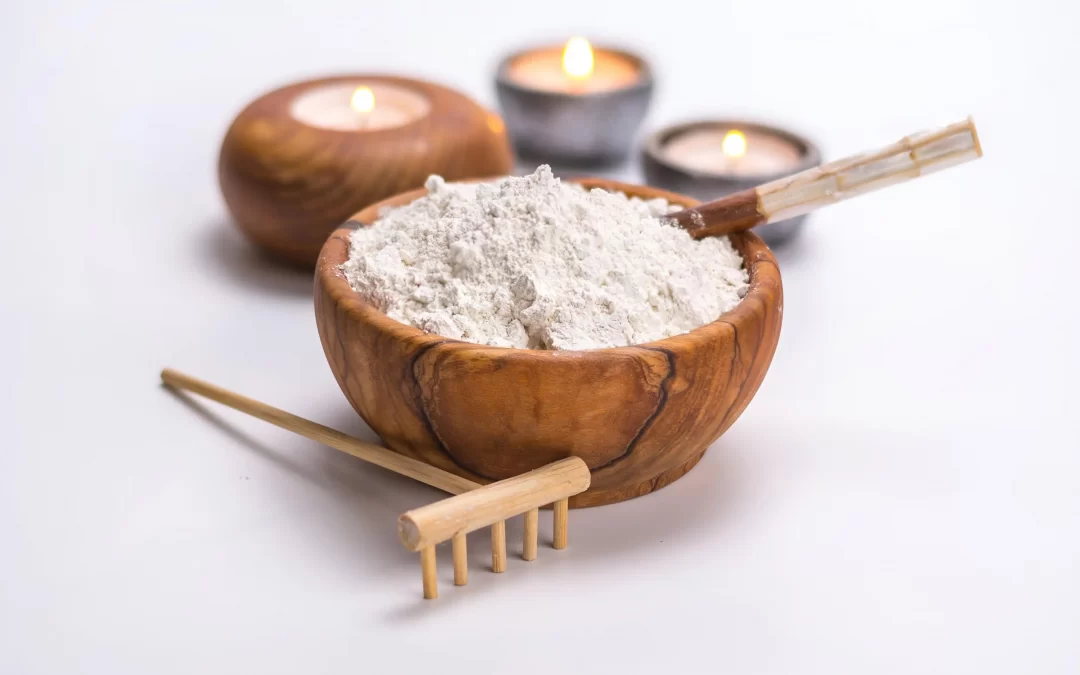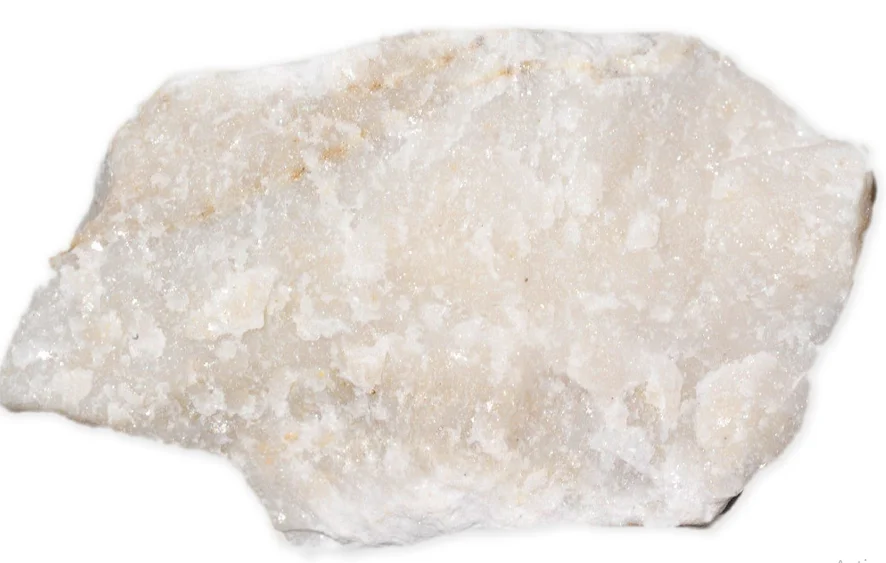GMCI Talc mineral is the softest known mineral with a pearly lustre. It can be green, white, grey, brown, or colorless. It is a monoclinic mineral with a sheet structure having perfect cleavage that follows planes between the weakly bonded sheets. The talc sheets are strongly bonded to each other by Van der Waals bonds allowing them to slip past one another. This gives the Talc mineral an extremely soft, greasy and soapy feel.
GMCI Talc is found in nature with other minerals in the form of rocks known as soapstone, steatite or talc schist. The chemical composition of Talc is Mg3Si4O10(OH)2.
GMCI Talc mineral is produced from an open-pit mine where the rocks are drilled, blasted and partially crushed during the mining. We apply selective mining and sorting operations for the highest grade ores.
During the mining process, GMCI makes sure that the talc is not contaminated with other minerals as contamination can badly affect the color of the product.
Partially crushed talc mineral rock is taken from mine to mill, where it is further broken down in size. We at GMCI apply several methods to remove impurities. We produce talc in various forms as per our customer’s requirements for particle size, brightness, composition, and other properties.

Some of the key features of the GMCI talc that make it an important ingredient in many industries are:
- Softest mineral on earth
- Plate, lamellar
- Hydrophobic
- Oleophilic (natural affinity with oils)
- Relatively inert
Read More: Lets Talc About it at GMCI
TALC USES
Most of us use Talc mineral every day. It is a part of some of the useful products of our daily needs. GMCI Talc is an important ingredient in rubber manufacturing, paint, paper industry, and cosmetics.

Talcum Powder is the most common form of talc. The mineral is crushed into the form of white powder. This powder has the ability to absorb moisture, oil and odour. It also serves as a lubricant and produces an astringent effect on human skin. Because of its such useful properties, talcum powder is the key ingredient in baby powders, foot powders, first aid powders, and a variety of cosmetics application.
Another common form of talc is Soapstone. It can be easily carved to make sculptures, bowls, countertops, sinks, hearths, pipe bowls, and many other ornamental and practical objects.
Besides this, GMCI Talc is used as a filler in the manufacturing of Plastics, Ceramics, Paper and Paints. It also serves the purpose of extender in paints.
GMCI Talc is also used as a base in many cosmetic products because of its smooth and fine property. Talc mineral is also used as a lubricant because of its survival at high temperatures.
GMCI mineral Talc holds key to the manufacturing of a lot of products.





